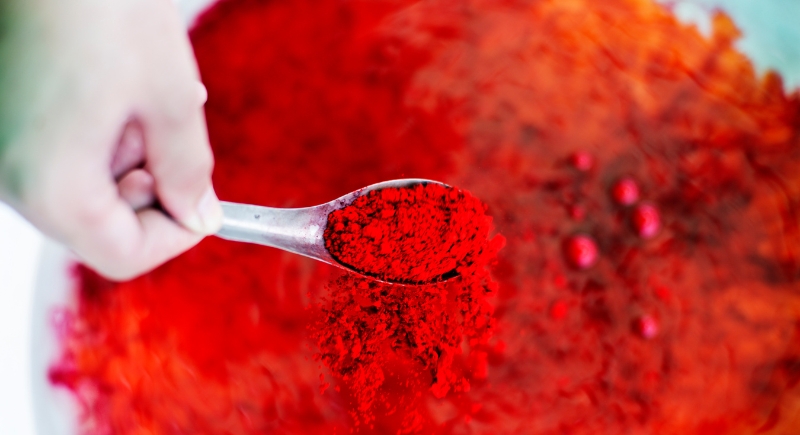Remember When Pistachios Were Bright Red? This Is Why They’ve Disappeared
Red pistachios were once a grocery store staple that left anyone who ate them with stained fingertips. They weren’t a different type of nut, just the same pistachios dyed a deep crimson to look more appealing. Then they disappeared, replaced by the beige shells we know today.
To understand how red pistachios faded into memory, it helps to look back at how they were made, who sold them, and what changed in the pistachio business.
The Origin of Red Pistachios

Image via Getty Images/One Cler Vision
Pistachios grow inside light beige shells, but decades ago, they appeared in bright red. The coloring started as a marketing solution for imported nuts that appeared uneven or spotted. Traditional harvesting in the Middle East involved picking pistachios by hand and leaving them to dry naturally. This process caused shell stains, which didn’t affect flavor but looked unappealing to shoppers.
To make them look cleaner and more uniform, importers dyed them red. A Syrian importer named Zaloom is often credited with popularizing the practice, who used the red hue to draw attention and create a recognizable product.
Over time, red pistachios became popular in American stores. Their bold color made this natural snack more eye-catching and familiar.
The Impact of Importing
Everything changed after the 1979 Iran hostage crisis. The U.S. placed an embargo on Iranian imports and cut off the main source of pistachios almost overnight.
Though the ban was lifted briefly in the early 1980s, it returned later that decade and again in 2011 under new sanctions. As imports dropped, American farmers began filling the gap. California emerged as the new center of pistachio production, with Arizona, New Mexico, and Texas contributing smaller shares.
Today, about 98 percent of U.S. pistachios come from California. The embargo, which once seemed temporary, transformed pistachio farming across the country and turned a niche crop into a major agricultural industry.
How Modern Farming Ended the Need for Dye

Image via ArtStudio Images/Artem Stepanov
When U.S. farmers began producing pistachios at scale, they introduced new harvesting techniques that solved the problem of stained shells. Instead of leaving the nuts to dry naturally, machines picked, hulled, and dried them immediately after harvest. This eliminated the discoloration that once required red dye to cover up. American-grown pistachios came out of processing clean and uniform in color, ready to sell in their natural form.
For a short time, some producers still dyed their pistachios to meet old expectations, but the market gradually adjusted. As consumers grew accustomed to the beige shells, the red version lost its appeal. The change also aligned with changing food preferences in the United States, as more shoppers started avoiding artificial colors and additives. Mechanized harvesting improved efficiency and altered how pistachios looked.